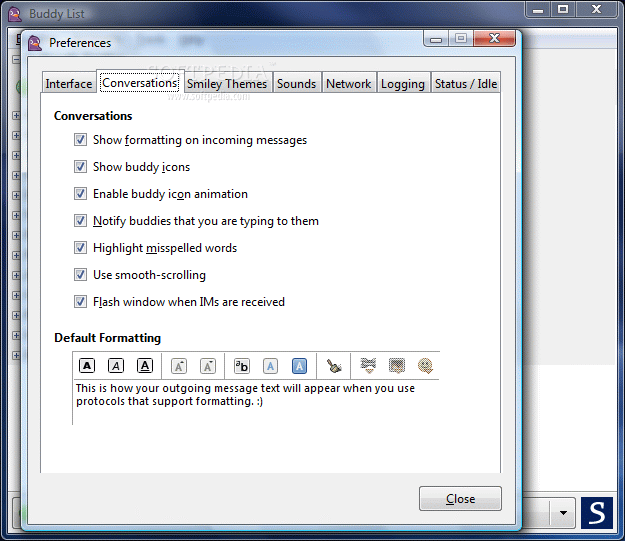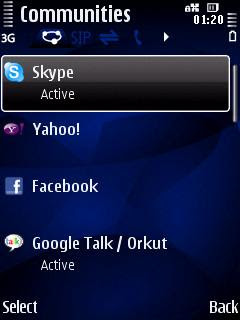


Extensions to the protocol, many of which are now standardized, have been written which greatly reduce the latency. However, as Jabber is based upon XML, the protocol is easily extensible.
#WHATS A ICQ AND JABBER FULL#
A full Jabber address would then look like this: The asynchronous nature of Jabber, along with the relatively long daisy-chain delivery service, adds to the latency of two-way communication via standard Jabber implementations. Additionally, as messages can be delivered to multiple clients, Jabber addresses can have specific clients specified by appending a slash and the client's name to the end of the address. For this reason, Jabber addresses mimic email addresses, with each part of the address serving the same purpose as it's counterpart in an email address. Only then is the message pushed to the recipient's client. A Jabber user who wants to send a message to another user contacts his own XMPP server, which relays the message to the recipient's server. This differs from popular proprietary IM protocols such as AIM, ICQ, MSN Messenger, and Yahoo Messenger, which all must communicate, or at least establish a connection, via a central server. Unlike other IM protocols, Jabber is decentralized, meaning that there is no central server regulating it's use. Additionally, the term "Jabber" also refers to faulty network equipment, which broadcast redundant or excessive data packets. As the Jabber project is open source, Jabber instant messaging clients have been developed for all major operating systems including Linux, Windows, and Macintosh, as well as mobile solutions for PDAs, cellphones, and even telephone interfaces. Any email server or other webserver can be modified to accommodate Jabber technologies, even those isolated from the public Internet. XMPP, or Extensible Messaging and Presence Protocol, is an open source IM protocol designed to facilitate email using similar resources. If you are interested in a persistent chat room, send your request to the Service Desk.Jabber is the trade name of the XMPP instant messaging protocol. Unlike dynamic chat rooms, persistent rooms are semi-permanent and must be created and destroyed by the Jabber service administrator. Persistent or static chat rooms can be set up to support groups or activities. Dynamic chat rooms are the preferred method for multiparticipant chats. Dynamic chat rooms close shortly after the last participant leaves the room.

You can set up a dynamic chat rooms by selecting “New Chat…” in your chat client and adding multiple participants. If they approve the request, you will be able to send messages to them.

Require SSL/TLS communication (port 5222) If your preferred client is not listed above, please use the generic connection instructions below:
#WHATS A ICQ AND JABBER PRO#
#WHATS A ICQ AND JABBER MAC#
iChat AV 3 comes with Mac OS10.4 Tiger and above.Wincred Plugin (WIndows 7 plugin for encrypting saved passwords).Windows: Pidgin (offline installer may work best).Many Jabber clients are available, but Argonne recommends the following: Desktops and Laptops Argonne-specific configuration instructions.


 0 kommentar(er)
0 kommentar(er)
